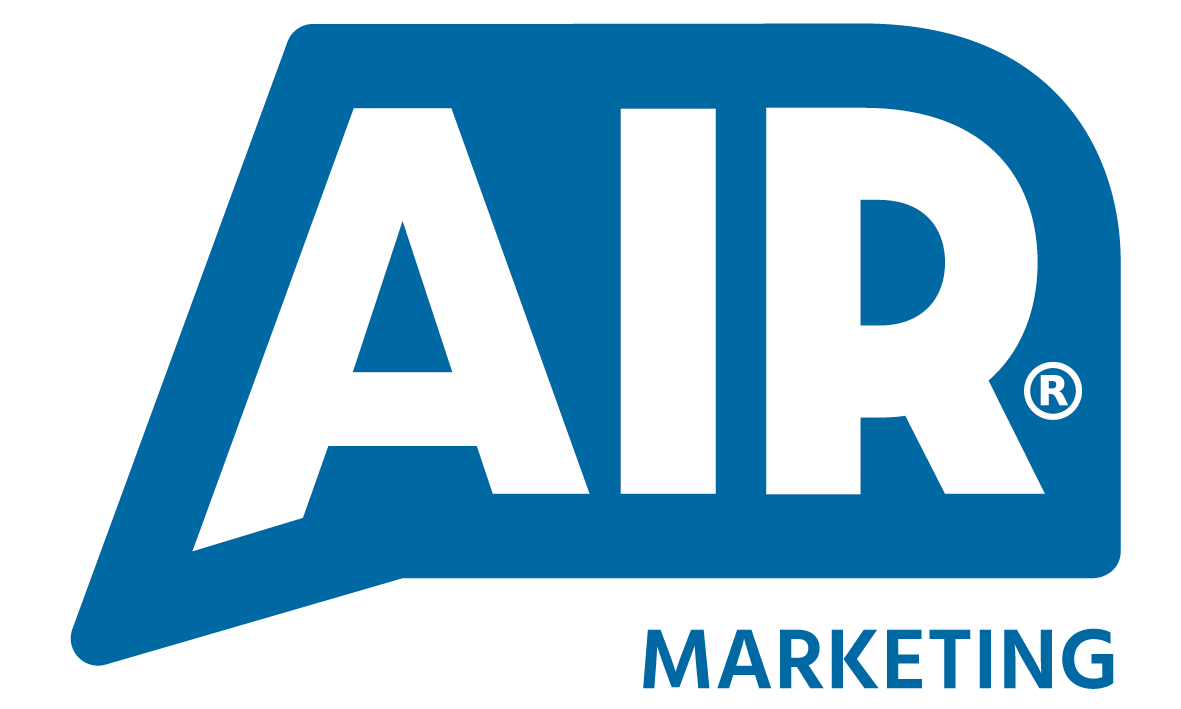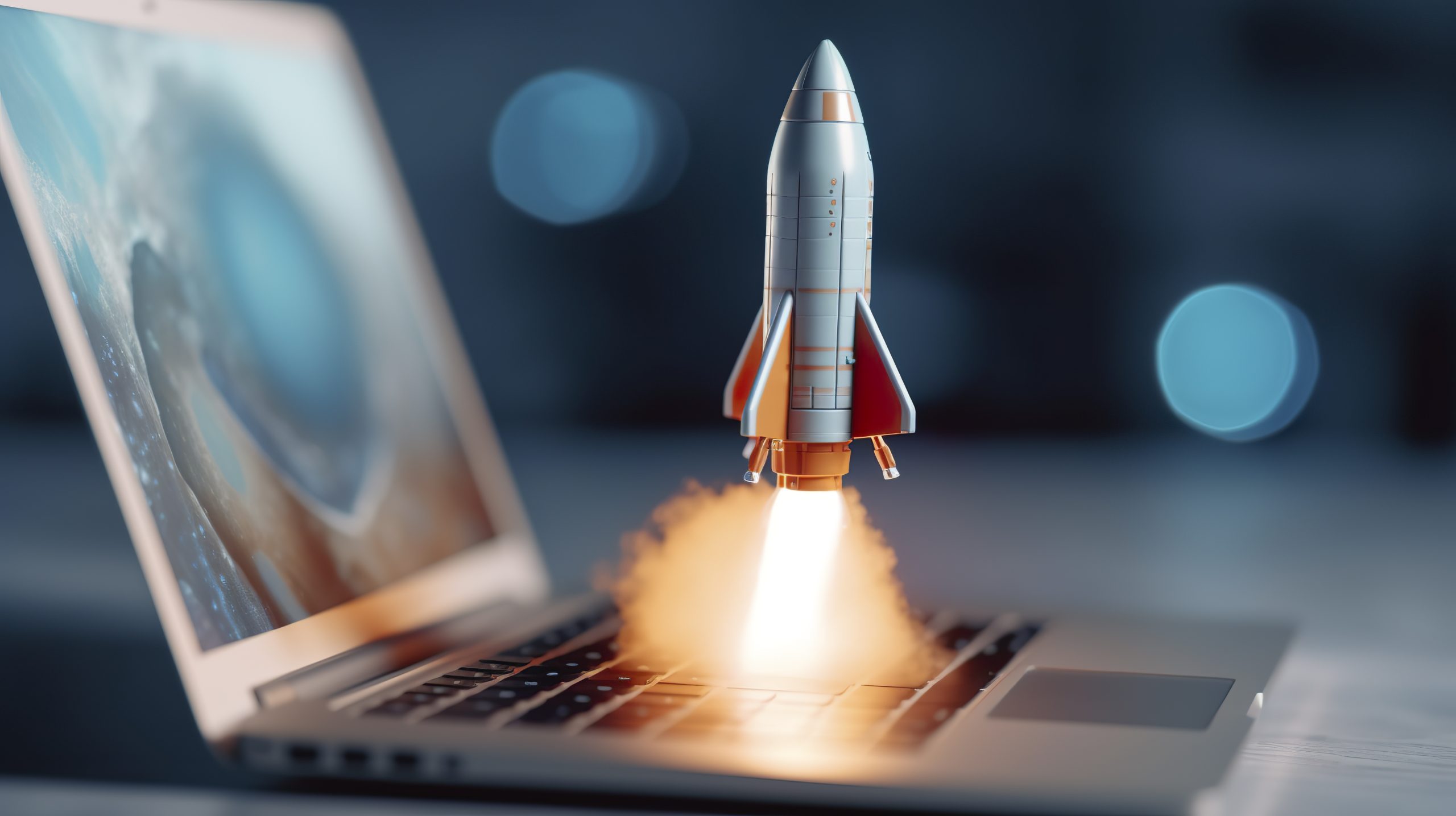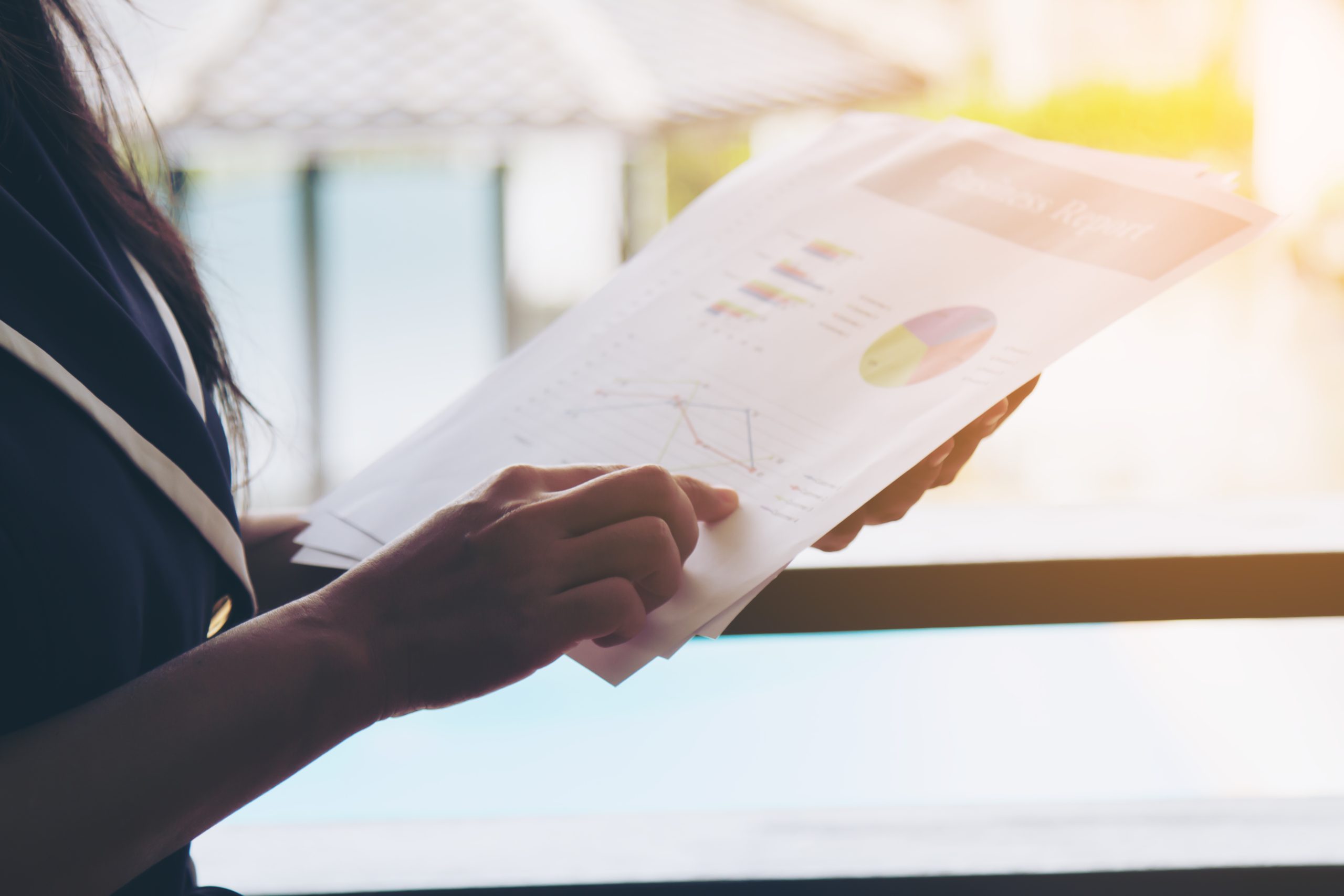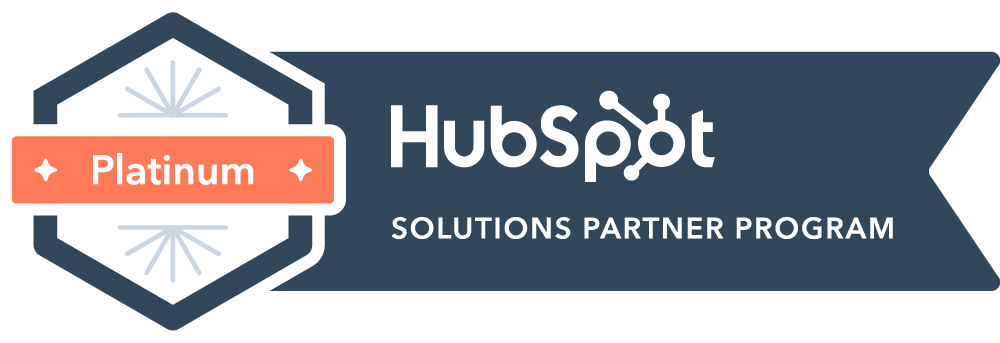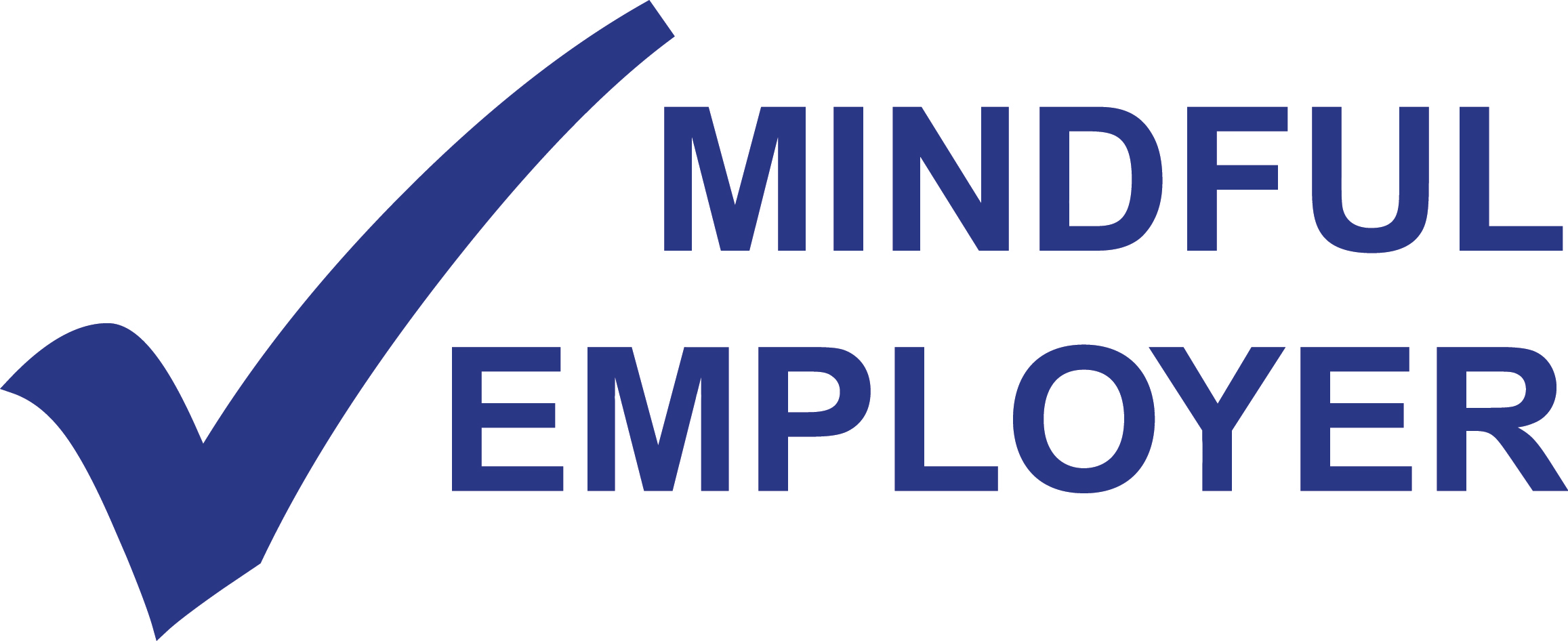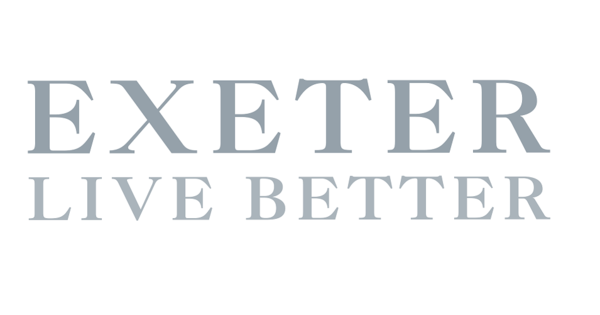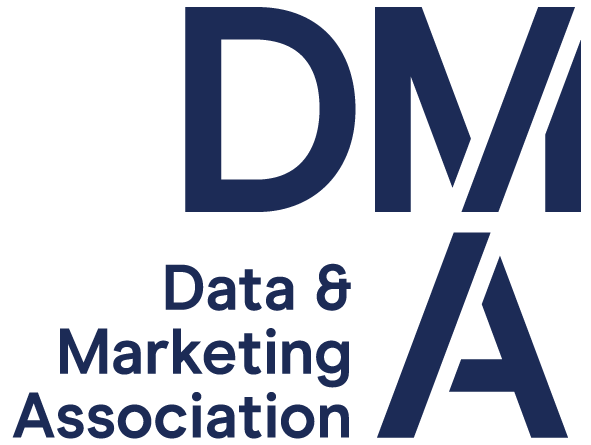Every new product or service starts with an idea, an idea to disrupt the market and solve real-world problems. But these ideas can take a long time to come to fruition. Your idea will go through concept development and creation, through new product development (NPD) and research and development (R&D), and through rigorous testing, trials and feedback processes before the final product or service is ready to launch.
But before you can successfully launch, you need to devise a well thought out go-to-market-strategy (GTMS). It’s imperative that you get your GTMS right, because it’s not just about having a great idea or a great product, it’s about creating the right plan to bring your product to the right people in the right way.
Without a clearly defined GTMS on how you will deliver your new product to your audience – your launch will likely fail to gain traction in the market.
There are many different components of a successful GTMS, let’s explore some of them below.
Target Audience:
Defining your Target Audience (TA) is the building block to a successful launch, because it is the core foundation of your GTMS.
Undertake research into your TA to understand their pain points and challenges, what media and marketing they consume and where they spend their time. Develop your ideal customer profile (ICP) and create buyer personas to help you craft messaging and tailor your offering to their exact requirements. If you don’t understand and define your TA from the outset, you will miss opportunities to resonate with them.
Setting Clear Objectives and Goals:
Do you know what your objectives are for launch? Are you looking to build brand awareness or lead with sales straight away?
Having clearly defined objectives and goals will help inform your ongoing activity and where best to place your efforts, they are fundamental to your GTMS. SMART objectives are the best framework to use for this.
Once you have determined what your objectives are for launch, use this information to set benchmarks and KPIs that denote success. These can be tracked throughout launch and beyond to determine how your GTMS is delivering.
Product Differentiation / USPs:
To successfully launch a new product or service you need to identify what makes your offering unique, especially if you are operating in an already crowded marketplace. What does your product do better or differently to others on the market and why should your TA buy from you?
Spend time upfront understanding what your USPs (unique selling points) are and what differentiates your product, so that you can craft unique messages and value propositions that will resonate with your TA and highlight why they should pick your product above others.
Marketing Plan:
Once you know your TA, your objectives and goals and what your USPs are you need to create a robust marketing plan with the information you have gleaned.
Make sure you leverage the channels that you know your ICP / TA consume and use and you tailor your messaging and comms in a way that resonates with them.
Consider the different stages in the buyer journey, from awareness to consideration through to purchase, and craft a strategy that resonates with your TA at every stage of their journey.
Final Note:
A successful GTMS is all in the planning and research. It will help you to understand your audience and their perceived needs and interests in your product or service and the value they place on your offering. Allowing you to create a GTMS that directly answers that need.
Remember to stay agile in response to market feedback – continually monitor, review and optimise your activity to ensure that the GTMS is successful and continues to be aligned with your TA’s needs.
Want to position yourself for success in the marketplace? Get in touch with our marketing team to discuss launch plans for any new product or service in your offering!
Opinion piece by Account Director, Jess House
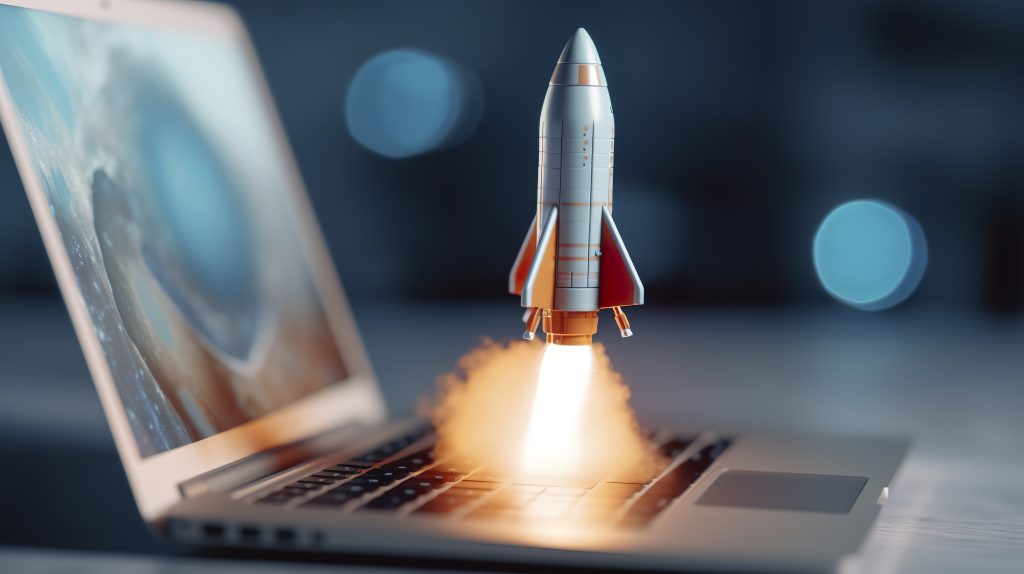
Stock photo by Vecteezy
